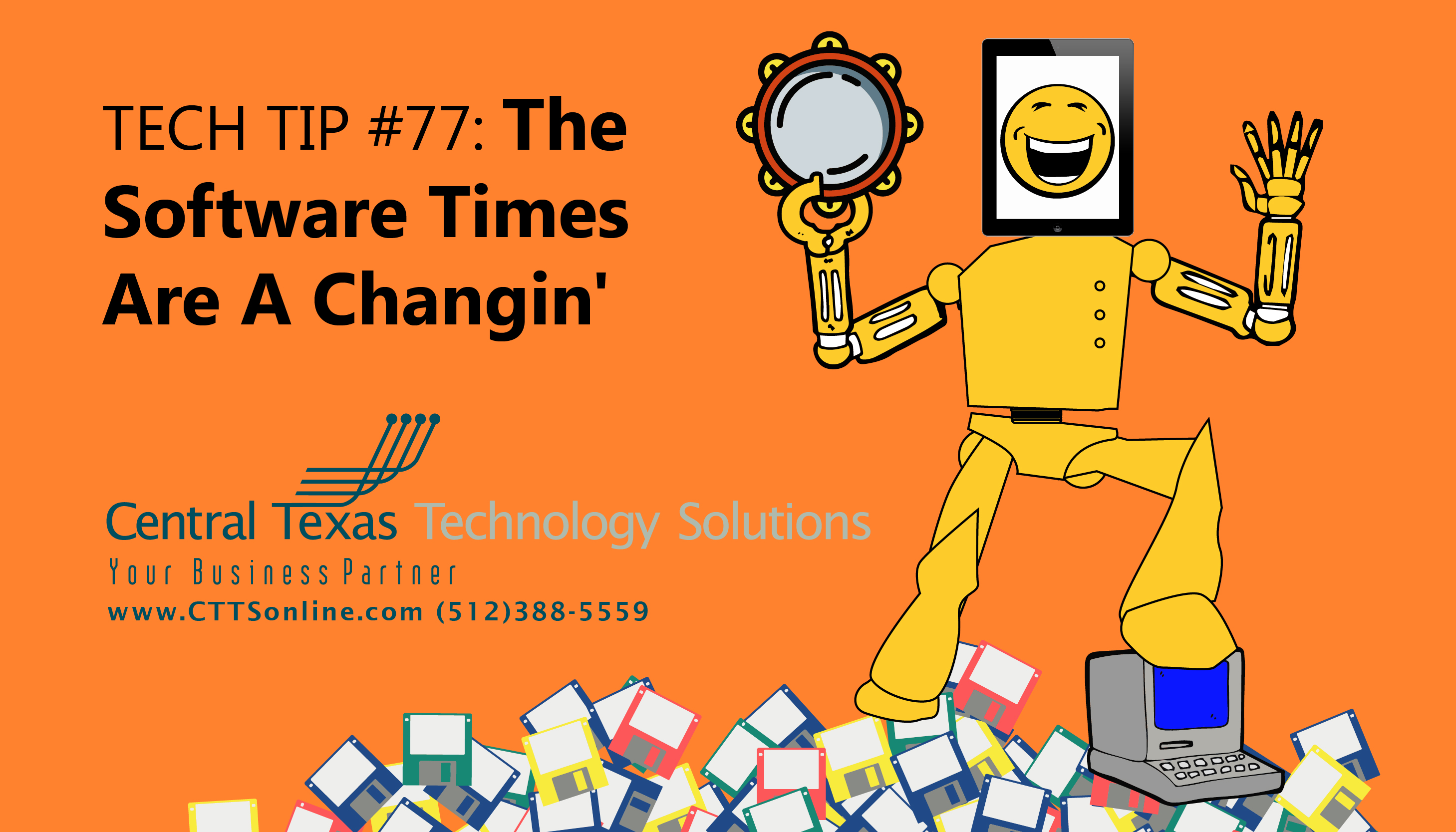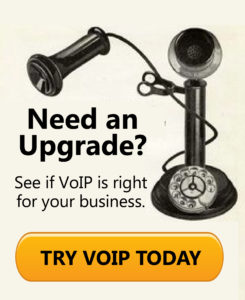 I have been in the professional world of Information Technology for a little over 20 years now. During this time, I have seen massive changes in the computer world. I remember the days when you could pretty much be knowledgeable on all things IT. Those days are long gone. There are so many specializations now in the word of IT, it is sometime hard to keep up. If there is any constant in the universe, it is change.
I have been in the professional world of Information Technology for a little over 20 years now. During this time, I have seen massive changes in the computer world. I remember the days when you could pretty much be knowledgeable on all things IT. Those days are long gone. There are so many specializations now in the word of IT, it is sometime hard to keep up. If there is any constant in the universe, it is change.
The way that we purchase and use software has changed drastically. In the old days, we would go to a store, buy a box copy of the software we wanted and install it. If it was a line-of-business application, it may be a consultant who did it for you. Floppies moved to CDs which moved to DVDs. It wasn’t long before software started being distributed over the Internet. We no longer had box copy software, we just bought it online and then downloaded it. Yes, things have changed drastically.
Today, the Internet has become the preferred method for software purchase and distribution, especially in the business software arena. Services are king in the Internet era and this includes software. Subscription models of software are becoming more and more prevalent. The days of buying software are coming to an end. Now we subscribe to it. Software is just another service we subscribe to on the Net. This is an important change for a couple of reasons.
Who actually owns the software?
If you have ever read the fine print on a software End User License Agreement (EULA), you will notice that are you are not actually buying a piece of software, you are buying a license to use it. The ownership of the software remains with the company that made it. This is because digital products are much easier to duplicate and pirate than hard goods (although that happens also like knock- off watches or clothes, etc). This also protects the intellectual property rights of the software creators. In the traditional line of business software world, you would purchase a piece of software (or rather license its use) for the number of seats or users you needed. Then you would purchase software maintenance annually for support on the software and updates. The problem with this is that sometimes, customers would not purchase maintenance and support and would get so behind with software versions that eventual upgrades or migrations would become painful. With the subscription model, this is no longer an issue. The licensing and maintenance are one in the same and keeping a current subscription also entitles you to upgrades so you can stay current. In many cases this provides some degree of support as well and there are support upgrades for those who need more. This also allows software vendors to provide consulting services via themselves or contractors for those who have special needs or require customization.
This change helps stream line purchasing. In the days past, major line of business acquisitions and installations were large CAPEX expenditures. With subscription-based software, things are more OPEX focused. This change aligns software purchasing with the service delivery model that is being adopted for just about anything over the Internet.
When subscription-based software first came out, there was a lot of backlash. There were numerous arguments against it, but for the most part, when you boiled it all down, these arguments were about change. We are creatures of habit. We don’t like change. But with the alignment of software to services, we have much greater choice. Microsoft Office 365 is classic example. In the past, you would buy several box copies of Office. You would install it. You had to buy a server to run a Microsoft Exchange or Novell Groupwise or some other email server software (or use some Internet Service Provider email which is limited on features like calendaring). You had to deal with the hardware and upgrade costs and the skill to administer it properly. Today, you sign up and buy the number of mailboxes you need, and you can get your office software with your email hosting. It is integrated. You don’t need to deal with additional hardware and administration of the server. The web interface is geared to make it easy for the end-user to do more for themselves. This is a huge value add from days gone by. As time goes on, we will see more and more types of software that used to be exclusively in the domain of enterprise business due to cost and complexity be available to small business and consumers. We are already seeing it in the realms of collaboration platforms, cloud storage and voice over IP.
In this day and age, Managed Service Providers like CTTS, are not just service and support organizations but also business technology advocates. We help businesses find and implement the software services that help them to stay efficient and profitable as well as maintaining and fixing computers and networks. As previously stated, the only real universal constant is change. No where is that more applicable than the world of technology. If you are struggling with the waves of technology change or are looking to improve your technology, let us know how we can help, contact CTTS today: (512) 388-5559. Just mention this post and we'll give you a FREE Technology Assessment.

By Kurt Rinear
Director of Technical Services
Central Texas Technology Solutions
